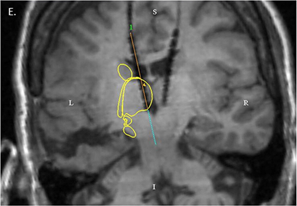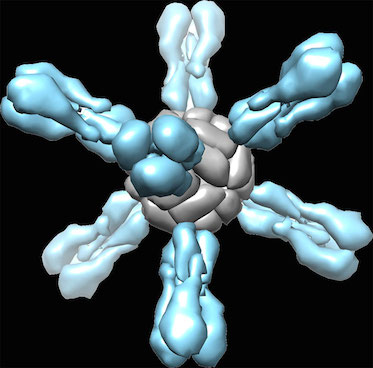The DNA in our cells is constantly being damaged by heat, radiation and other environmental stresses, and the enzyme systems that repair DNA are critical for life. A particularly toxic form of damage is the covalent attachment of a protein to DNA, which can be triggered by radiation or by anticancer drugs.

Keith Wilkinson, PhD
Emory biochemist Keith Wilkinson and colleagues have a paper this week in the journal eLife probing how a yeast protein called Wss1 is involved in repairing DNA-protein crosslinks. The researchers show how Wss1 wrestles with a protein tag called SUMO on the site of the DNA damage, and how Wss1 and SUMO are involved in the cleanup process.
Three interesting things about this paper:
*The paper grew out of first author Maxim Balakirev’s sabbatical with Wilkinson at Emory. Balakirev’s home base is at the CEA (Alternative Energy and Atomic Energy Commission) in Grenoble, France.
* Since many cancer chemotherapy drugs induce protein-DNA cross links, an inhibitor of cross link repair could enhance those drugs’ effectiveness. On the other side of the coin, mutations in a human gene called Spartan, whose sequence looks similar to Wss1’s, cause premature aging and susceptibility to liver cancer. Whether the Spartan-encoded protein has the same biochemical activity as Wss1 is not yet clear.
*SUMO stands for “small ubiquitin-like modifierâ€. The eLife digest has an elegant explanation of what’s happening: Read more









